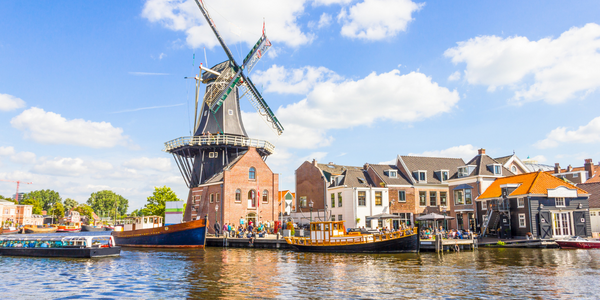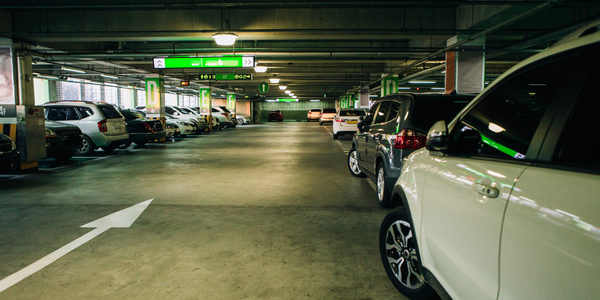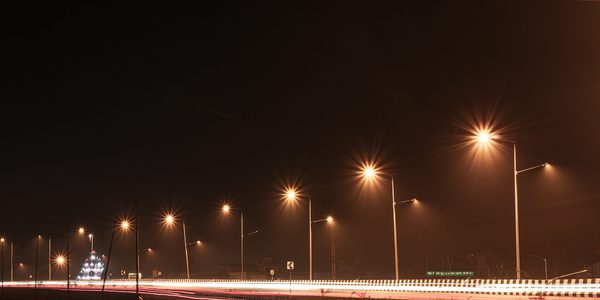Technology Category
- Platform as a Service (PaaS) - Application Development Platforms
- Sensors - Acoustic Sensors
Applicable Industries
- Cities & Municipalities
- National Security & Defense
Applicable Functions
- Product Research & Development
- Sales & Marketing
Use Cases
- Predictive Maintenance
- Time Sensitive Networking
About The Customer
The USO is a congressionally chartered, nonprofit organization that serves members of the U.S. military and their families. It is not part of the federal government and relies on generous donations from individuals and corporations to support its charitable work. The USO operates centers at or near military installations across the United States and throughout the world, including in combat zones, offering around-the-clock hospitality for traveling service members and their families. Headquartered in the Washington, D.C. area, the USO supports the men and women in the U.S. military, and their families, throughout their time in uniform and as they transition back to civilian life.
The Challenge
The United Service Organization (USO), a nonprofit organization serving members of the U.S. military and their families, was facing challenges in driving donations due to the increasingly crowded media and communication landscape. Potential donors were being overwhelmed with requests from various worthy causes, making it difficult for the USO to stand out and attract the necessary funds to support its mission. Over the past 25 years, the rise of email, social media, text messaging, and other electronic messaging channels have added to the noise, making it even more challenging for nonprofits like the USO to reach potential donors. Recognizing these shifts in the landscape, the USO decided to incorporate a robust email program into its marketing mix to help drive the donations it needed to carry out its mission year after year. To achieve this, the USO reached out to Message Digital, a full-service digital agency, for help.
The Solution
Message Digital, leveraging Acoustic’s marketing platform, developed a personalized email communication strategy to drive campaign results for the USO. Recognizing that personalized messages drive results in donor outreach, Message Digital used Acoustic Campaign to drive consistent, relevant, and personalized outreach at scale. This approach significantly reduced the time-to-market for the USO’s first digital campaign. Acoustic Campaign was deeply embedded in Message Digital's digital marketing offering, providing data for their custom analytics portal and enabling the USO to see how their campaigns were performing against their key performance indicators. The platform was also fully integrated with Message Digital's payments gateway, allowing for seamless processing of contributions on behalf of the USO. By using Acoustic Campaign, the USO gained deep insights into how people interacted with their messages, enabling them to identify donors and inspire them to contribute.
Operational Impact
Quantitative Benefit

Case Study missing?
Start adding your own!
Register with your work email and create a new case study profile for your business.
Related Case Studies.

Case Study
Turning A Stadium Into A Smart Building
Honeywell created what it called the “intelligent system” for the National Stadium in Beijing, China, turning the venue for the opening and closing events at the 2008 Summer Olympics into a “smart building.” Designed by highly controversial artist Ai Weiwei, the “Bird’s Nest” remains one of the most impressive feats of stadium architecture in the world. The 250,000 square meter structure housed more than 100,000 athletes and spectators at a time. To accommodate such capacity, China turned to Honeywell’s EBI Integrated Building Management System to create an integrated “intelligent system” for improved building security, safety and energy efficiency.
.png)
Case Study
Smart Street Light Network (Copenhagen)
Key stakeholders are taking a comprehensive approach to rethinking smart city innovation. City leaders have collaborated through partnerships involving government, research institutions and solution providers. The Copenhagen Solutions Lab is one of the leading organizations at the forefront of this movement. By bringing together manufacturers with municipal buyers, the Copenhagen Solutions Lab has catalyzed the development and deployment of next-generation smart city innovations. Copenhagen is leveraging this unique approach to accelerate the implementation of smart city solutions. One of the primary focus areas is LED street lighting.

Case Study
Buoy Status Monitoring with LoRa
The Netherlands are well-known for their inland waterways, canals, sluices and of course port activities. The Dutch Ministry of Infrastructure indicates that there are thousands of buoys and fixed items in and near water environments that would profit from IoT monitoring. One of the problems with buoys for example, is that they get hit by ships and the anchor cable breaks. Without connectivity, it takes quite some time to find out that something has happened with that buoy. Not to mention the costs of renting a boat to go to the buoy to fix it. Another important issue, is that there is no real-time monitoring of the buoys at this moment. Only by physically visiting the object on the water, one gains insight in its status.

Case Study
Barcelona Case Study
Barcelona’s heavy traffic and its associated high levels of pollution were the primary factors that motivated some companies and universities to work on strategies for improving traffic in the city centre. Bitcarrier is one of the technologies involved in the In4Mo Project, whose main objective is to develop the applications that form the core of smart mobility, one of the fundamental pillars of the smart city concept.

Case Study
China Mobile Smart Parking
Smart Parking, powered by NB-IoT technology, is making it easier for drivers to find free parking spots. Cities can better manage their parking assets and maximize the revenue available to them as a result. Drivers searching for parking create congestion and pollution by circling and hunting for available parking. Smart Parking services are able to significantly ease these problems by guiding a driver directly to a parking space.








